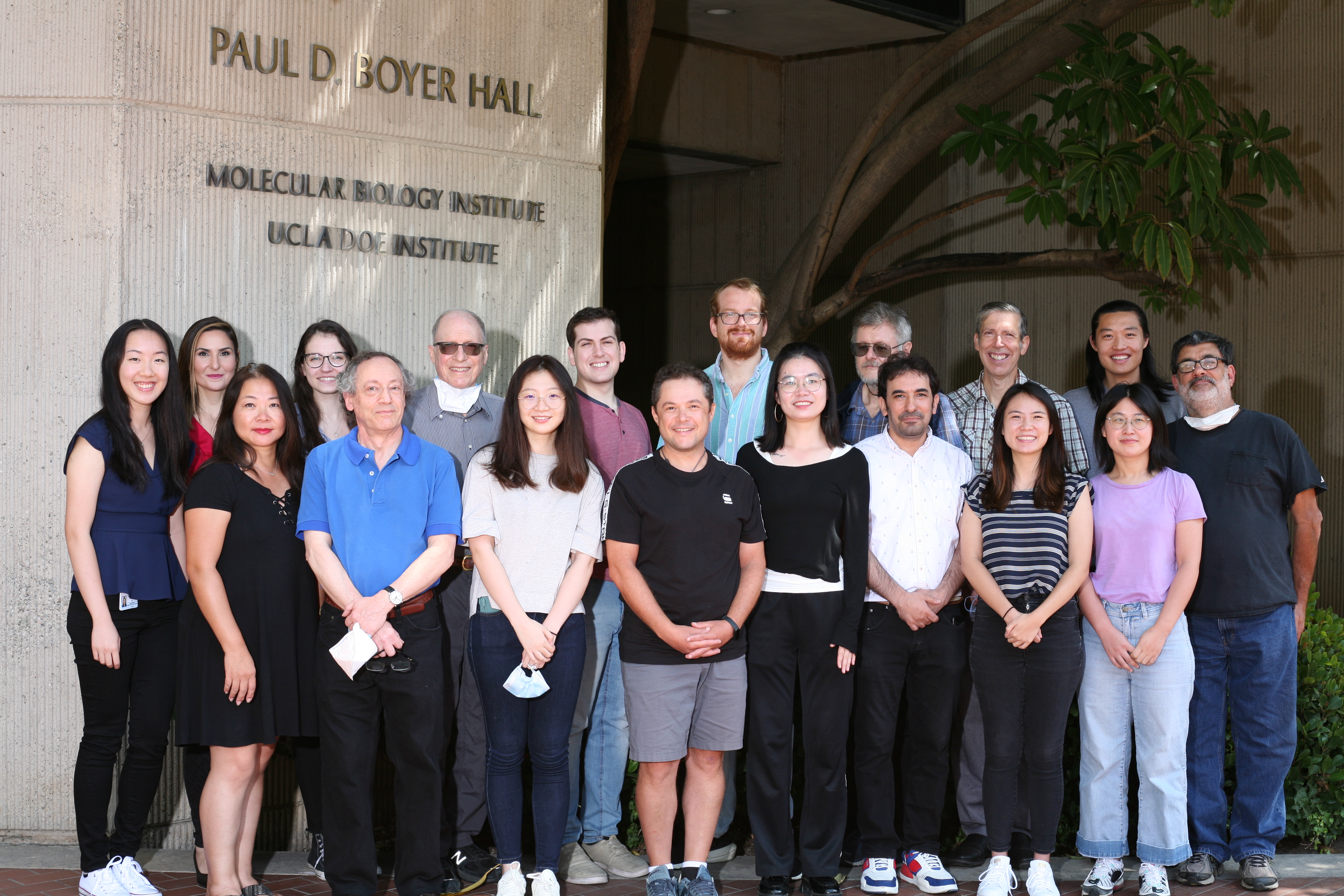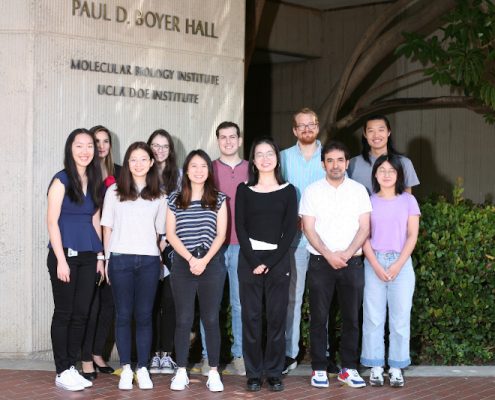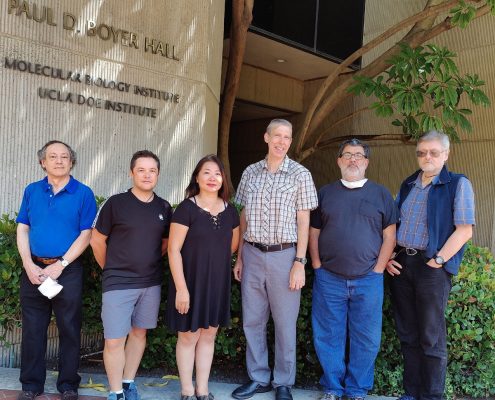
Professor David S. Eisenberg
david@mbi.ucla.edu
(tel) 310-825-3754
(fax) 310-206-3914
201A Boyer Hall
Administrative Assistant, Cindy Chau
cchau@mbi.ucla.edu
201 Boyer Hall
Mailing address:
Dept. Chemistry and Biochemistry
Univ. of Calif. Los Angeles
611 Charles Young Dr. East
Los Angeles, CA 90095-1569
Lab Groups
Post Doctoral Fellows
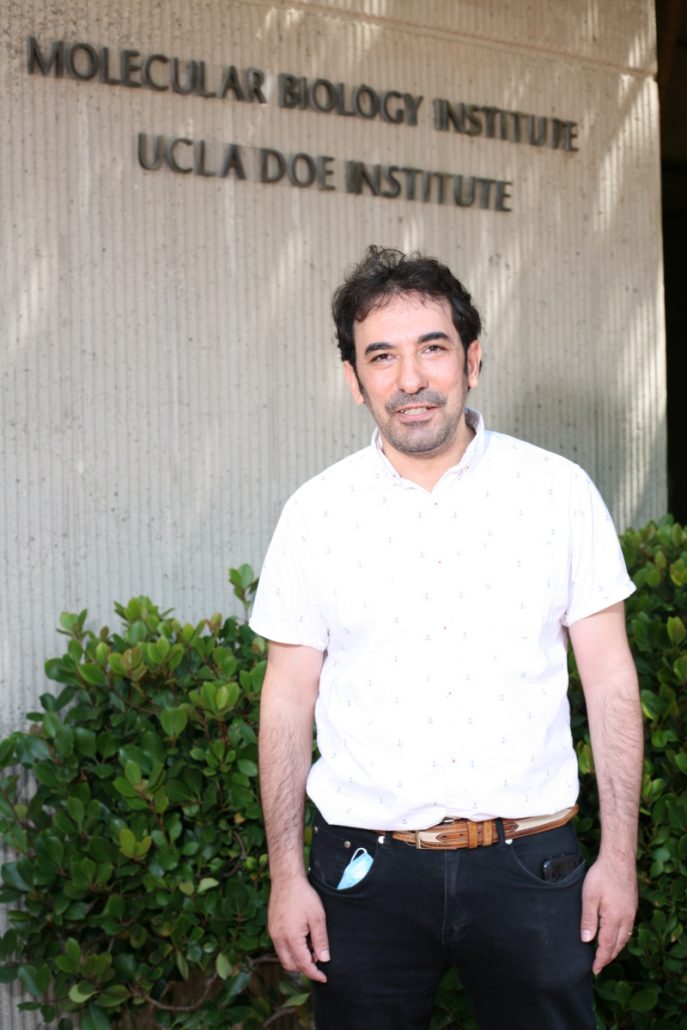
Romany Abskharon
Amyloid proteins are pathological entities in a variety of neurodegenerative diseases such as Alzheimer’s disease and Parkinson’s disease. My research project focuses on:
1) Determining atomic or near-atomic resolution structures of toxic tau oligomers and amyloid oligomers purified from autopsied brain patients using tau specific antibodies. I am using X-ray crystallography, and cryo-electron microscopy to study the atomic-level structures of tau oligomers.
2) Elucidating the role of cofactors (such as RNA) on tau aggregation at the molecular level.
3) Developing therapeutic nanobodies to treat and facilitate earlier diagnosis of Alzheimer’s disease. Nanobodies are a novel class of therapeutic antibodies that contain naturally occurring heavy chain-only antibodies. Nanobodies are small (only one tenth the size of a conventional antibody) and stable proteins with full-antigen binding capacity like full-length antibodies.
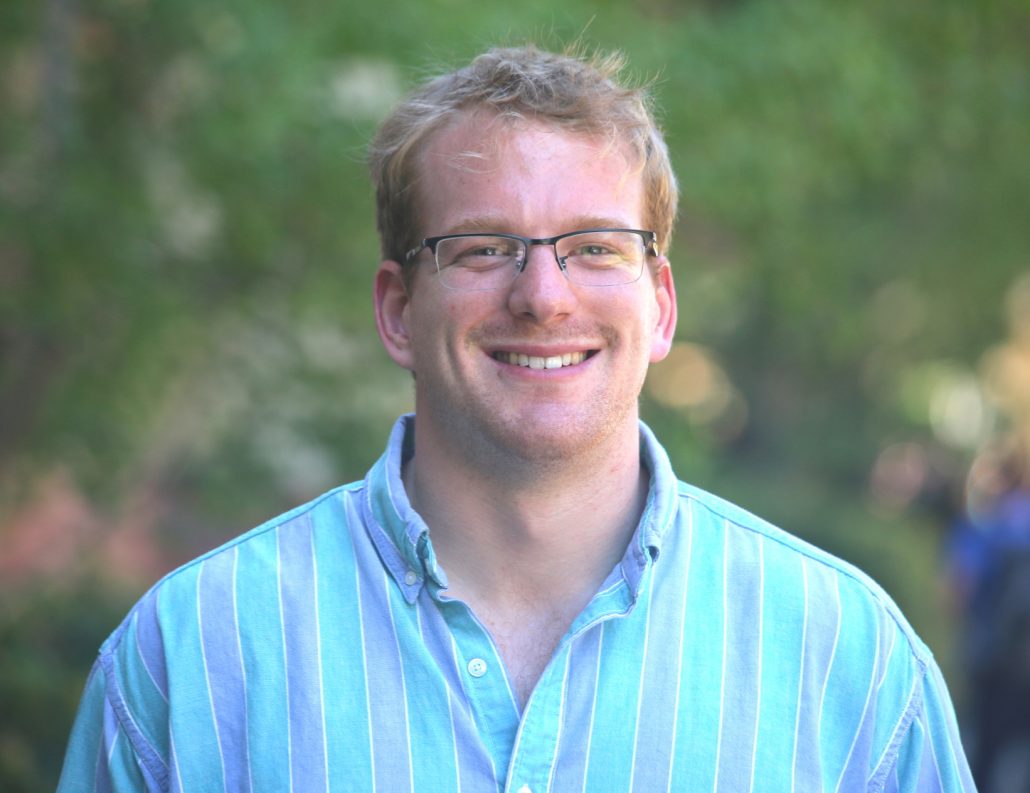
David Boyer
Amyloid fibrils are formed in numerous human diseases, including Alzheimer‘s and Parkinson’s. There is much evidence suggesting that the formation of amyloid fibrils is part of the pathology of these diseases and therefore increasing our understanding of amyloid formation processes is essential for disease diagnosis and intervention. Recent advances in cryo-electron microscopy have enabled the study of the atomic structures of amyloid fibrils extracted from postmortem disease tissue, although these structures only represent the end-stage of the disease. In order to better understand early-stage amyloid diseases, atomic structures of amyloid proteins formed earlier in the disease are needed. These early amyloid structures are termed oligomers since they typically contain only 10-100 copies of the amyloid protein instead of the thousands of copies found in amyloid fibrils. The goal of my project is to determine the atomic structures of amyloid oligomers using cryo-electron microscopy in order to advance our understanding of amyloid formation processes and possibly enable early-intervention therapeutics for amyloid disease.
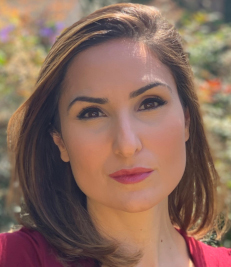
Einav Tayeb-Fligelman
My research at the Eisenberg lab is dealing with both functional and pathological amyloid. Amyloid are protein fibrils mainly known for their involvement in neurodegeneration. I am studying the interactions and cross-seeding propensity of Tau and Ab, the two key protein players in Alzheimer’s disease. My ultimate goal is to characterize those interactions and to determine the structure of the cross-seeded fibrils. By integrating methods from biochemistry, cell biology, X-ray crystallography, electron microscopy and more, I aim to elucidate and block the Tau-Ab interacting interface. Apart from their pathological roles, some amyloids are functioning in the physiology of the organism producing them. Our lab discovered that the low-complexity domain of the Nucleoprotein of SARS-CoV-2, the virus responsible for Covid-19, is forming amyloid fibrils. In collaboration with additional lab members, and the UCLA Guo and Arumugaswami laboratories, as well as the MSSR facility at CNSI, we are studying the role of the Nucleoprotein- amyloid-formation in the replication of the virus, the possible involvement of those amyloids in the neurodegenerative-related symptoms in Covid-19 patients, and the potential of our designed fibrillation-inhibitors as therapeutics for Covid-19.
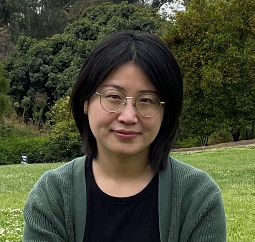
Ke Hou
My project seeks to develop liganded tau-fibril-binding magnetic nanoparticles, which could achieve the combined magnetic resonance imaging (MRI) and therapy of Alzheimer’s disease.
Graduate Students
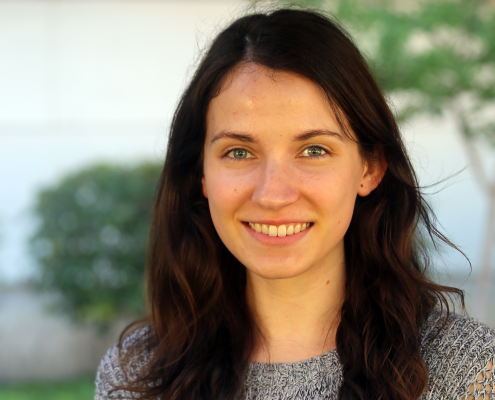
Jeannette Bowler
My research focuses on functional vs. pathogenic amyloids, determining the structures that these proteins can adopt, and understanding their structure-function relationship. In particular, I am working with amyloid proteins that contain polyQ-rich segments, which are found both in functional amyloids, such as CPEB/Orb2, and in pathogenic amyloids, such as Huntingtin. I am primarily utilizing x-ray crystallography and micro-electron diffraction (micro-ED) for structure determination, as well as electron microscopy and other biochemical techniques. Recently, our lab has been studying the SARS-CoV-2 nucleocapsid (N) protein, which can form biological condensates, a potential mechanism by which N packages genomic viral RNA. We are working towards obtaining atomic resolution structures of N protein complexes, and developing structure-based inhibitors as a potential starting point for novel therapeutics. For this project, I have primarily been using cell culture models of infection, and fluorescence microscopy; this work is a collaboration with the Guo and Arumugaswami labs, and the MSSR facility, at UCLA.
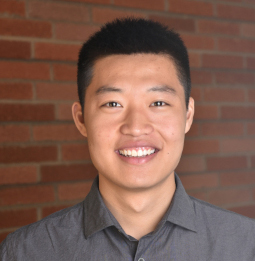
Sean Jiang
Amyloid diseases are associated with pathological deposits of protein fibrils. Previous work in the field has shown that the structure of fibrils extracted from patient tissues often differ from the fibril structures assembled _in vitro_, underscoring the importance of studying patient-derived samples. I am currently using cryo-EM to study amyloid fibrils purified from autopsied brain tissues of frontotemporal lobar degeneration (FTLD) patients. I am also interested in ocular diseases, including corneal dystrophy and glaucoma. Examining pathological tissues reveals fundamental insights and can lead to surprising discoveries.
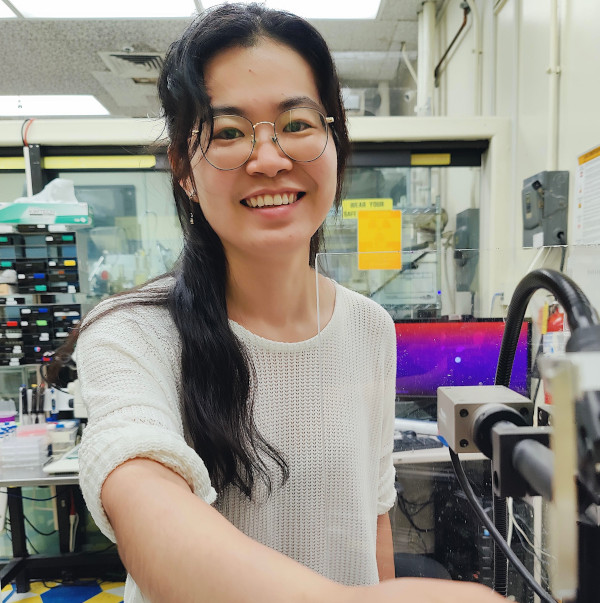
Jiahui Lu
My research focuses on the biochemical and structural studies of the low-complexity domain (LCD) of amyloid-like fibrils hnRNPA2 and its conversion to pathogenic amyloid. Disrupting the homeostasis of hnRNPA2 can lead to neurodegenerative diseases such as ALS, FTD, and MSP. I am combining X-ray crystallography, X-ray diffraction, and cryo-electron microscopy to study the atomic-level structures of both the wild-type and the mutant hnRNPA2-LCD fibrils, hoping to discover the mechanism of how a single-point mutation changes functional to pathogenic fibrils. ThT and turbidity assay, and fluorescence microscopy are used to study the liquid-liquid phase separation of hnRNPA2-LCD. Another project of mine is the structural determination of brain-derived ɑ-synuclein (implicated in PD) bound with small molecules, hoping to find possible drug targets.
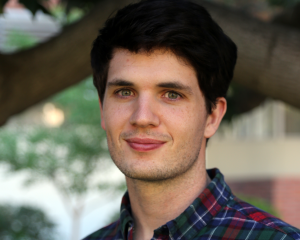
Kevin Murray
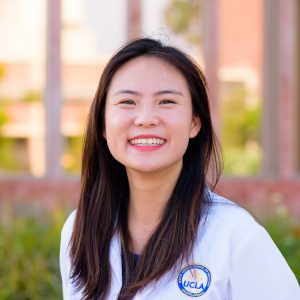
Hope Pan
I joined the Eisenberg lab in July 2020. My work is focused on
developing novel therapeutics and diagnostics for Alzheimer’s disease
and Parkinson’s disease from structural studies of tau and
alpha-synuclein. I am currently testing these therapeutics and
diagnostics in mouse models of AD and PD, and I bring mouse expertise to
the lab from my time as an undergraduate research assistant at Vanderbilt University.
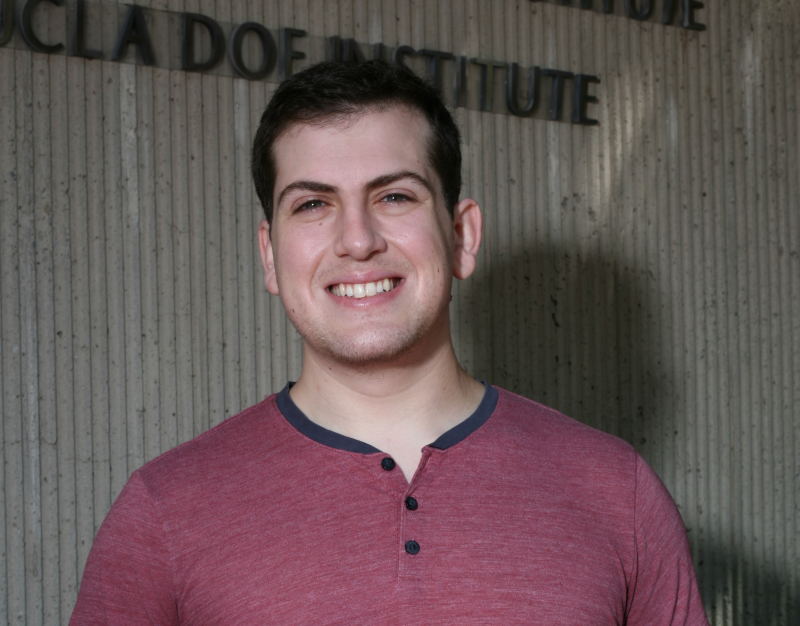
Gregory M Rosenberg
My research focuses on the relationship between low complexity domains and amyloid fibrils. Low complexity domains are regions of proteins with low amino acid diversity and sometimes function in protein self-assembly. This function combined with these regions often being intrinsically disordered may make these regions more susceptible to mutations which stabilize an amyloid structure. I am using computational methods along with biochemical assays to identify low complexity domains which may pathogenically aggregate into amyloid fibrils when mutated.
Research Staff
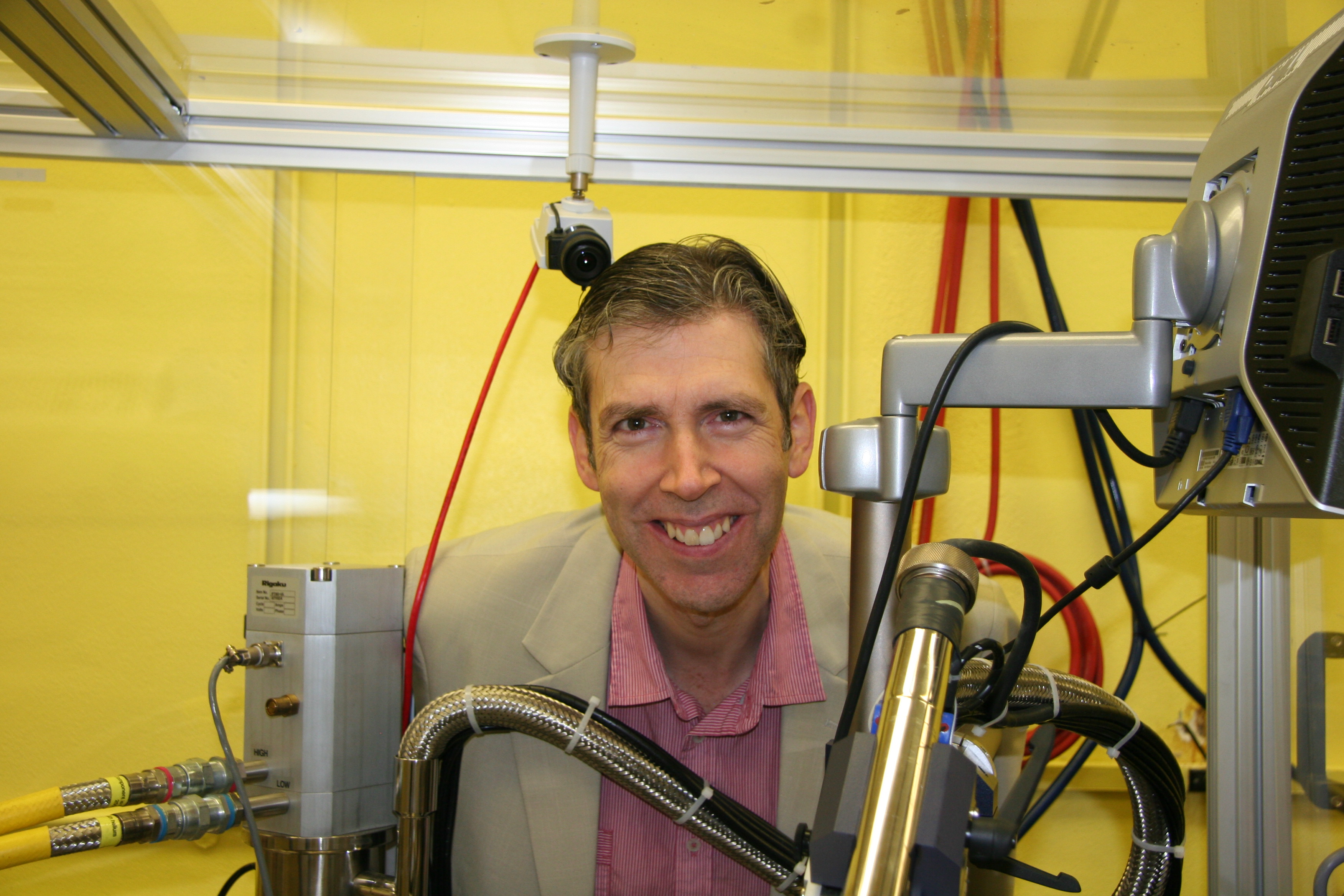
Michael Sawaya
I help people to determine and analyze interesting macromolecular structures by crystallography. I assist with data collection, data processing, phasing, model building and structure interpretation, and teach others about these techniques.

Dan Anderson
As Laboratory Manager, my job fluctuates. I keep the lab running, at the level of ordering supplies, equipment, and performing or ordering repairs. I do some of the equipment training. I am Safety Representative for the Eisenberg lab. When I can, I lend technical advice for lab work and occasionally for crystallography.
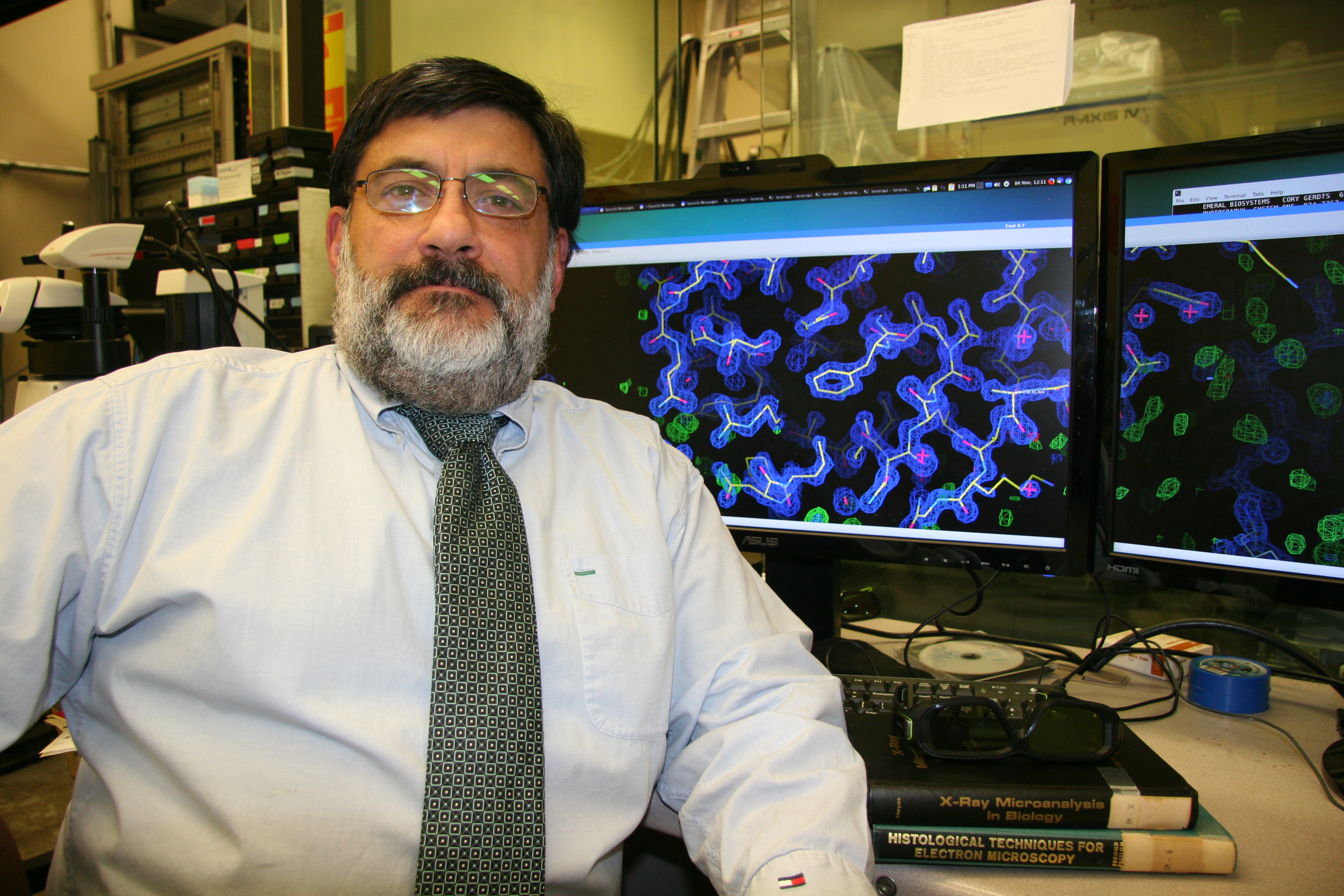
Duilio Cascio
There is a basic need to understand how proteins are involved in both normal and abnormal cellular processes. To understand how these proteins function at the molecular level, the detailed atomic structure is needed. The knowledge of the three-dimensional structures of proteins provides information upon which we can initiate new molecular, biological, biochemical, protein engineering and drug design efforts. My long-term goal is to provide state-of-the-art resources to researchers in the laboratory, enabling the detailed 3-D analysis of biological macromolecules that play essential roles in human health. I train students and postdocs to use sophisticated equipment and technologies. I also offer advice and technical assistance in sample preparation, crystallization, data collection, processing, atomic refinement and modelling.

